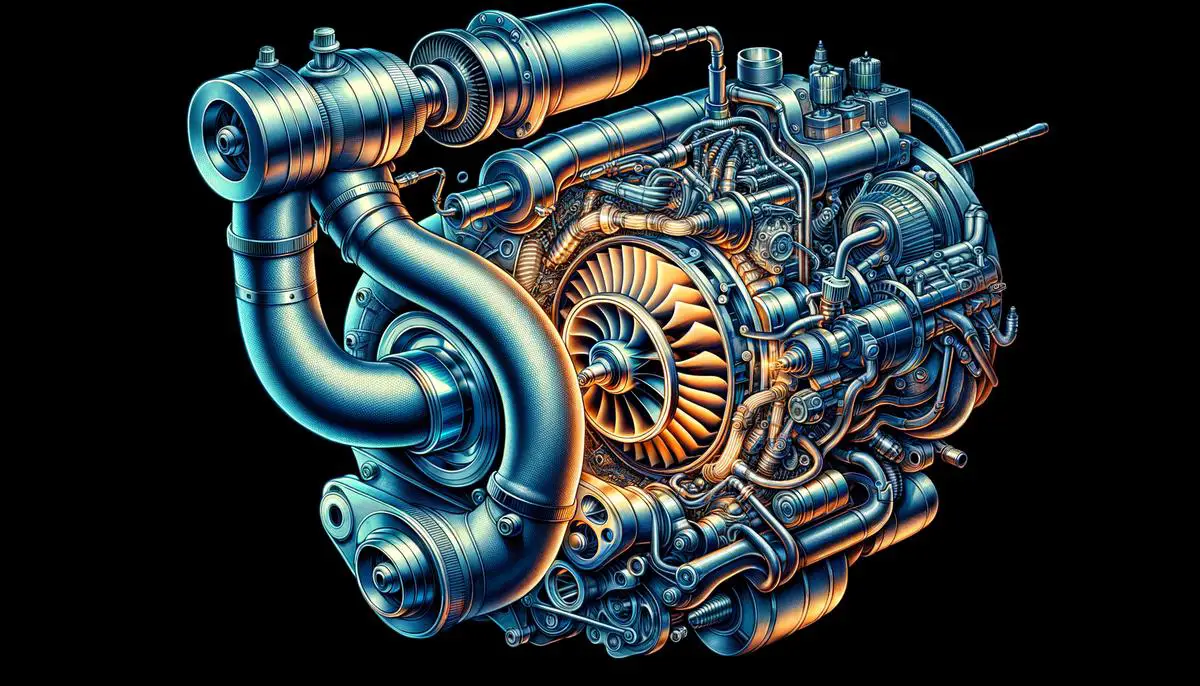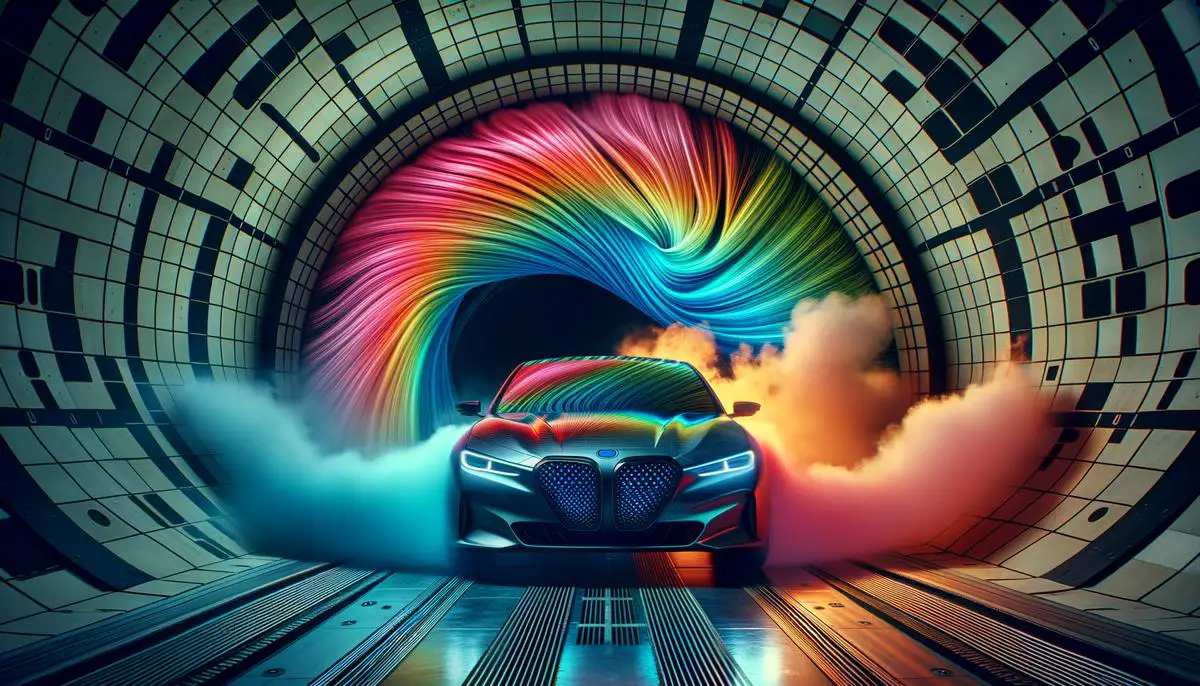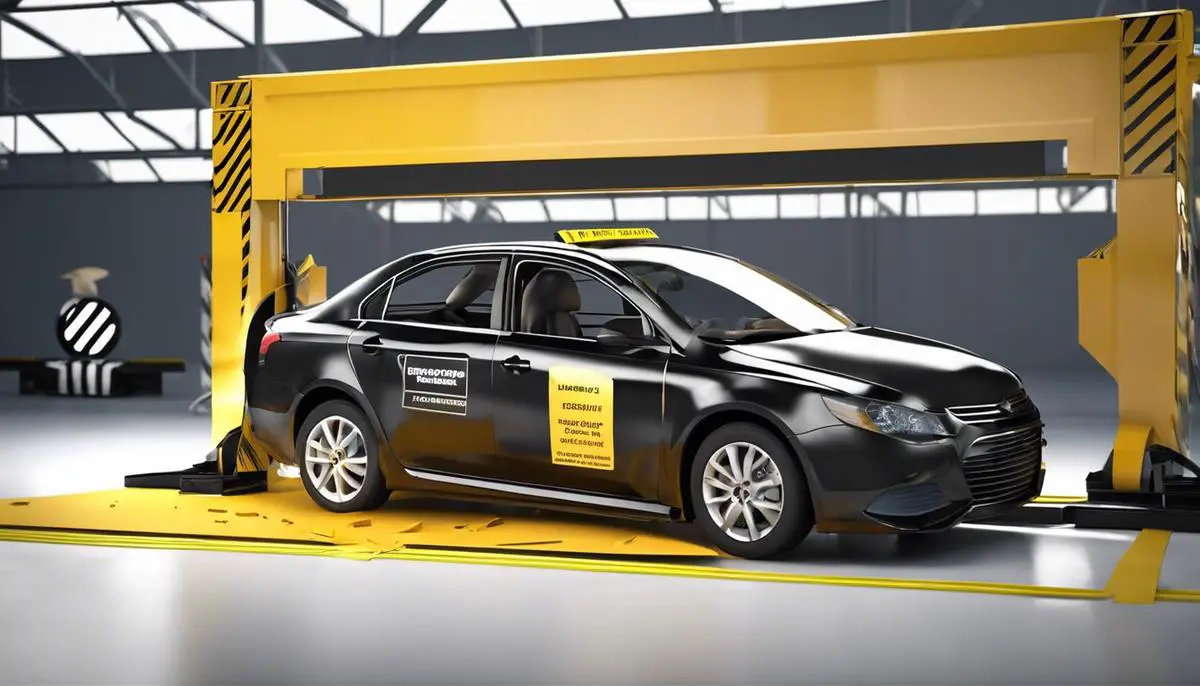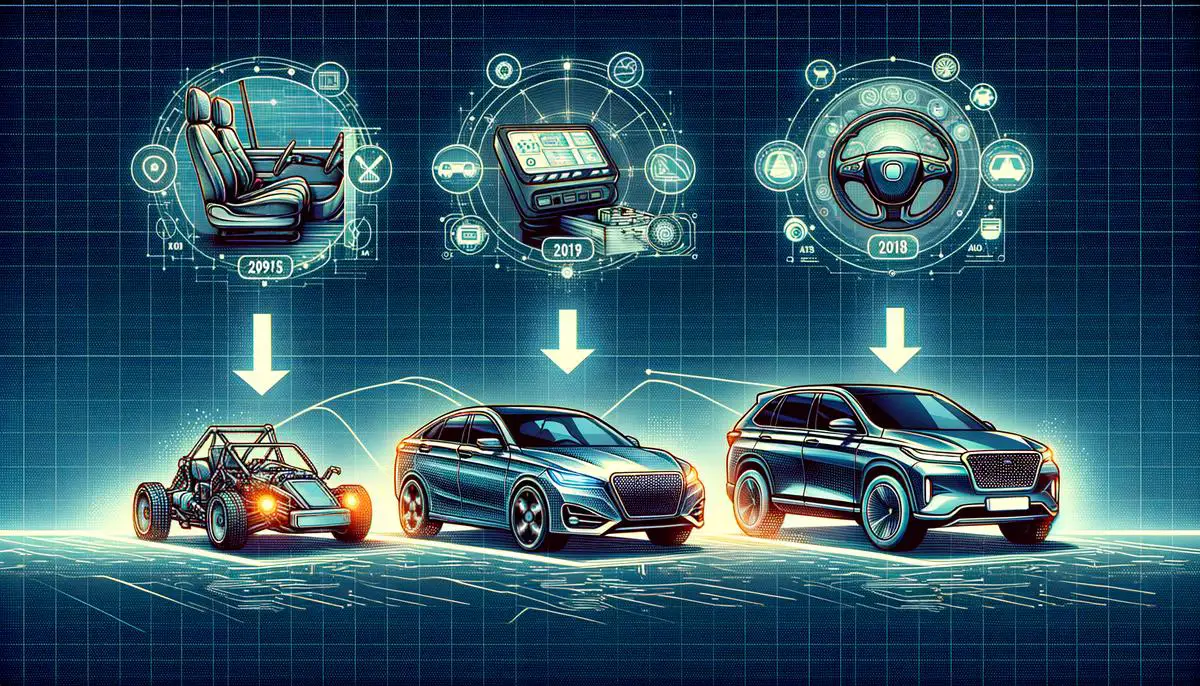Exploring the realm of automotive performance enhancement reveals a world where power and efficiency intersect, driven by innovative technologies like turbocharging, supercharging, and nitrous oxide injection. Each method, rooted deeply in engineering marvels, seeks to elevate engine capability, carving a path toward vehicles that are not only faster but also more competent in fuel management and environmental consideration. As we delve into these mechanisms, we uncover the nuanced advantages and inherent challenges that accompany the quest for superior engine performance.
Contents
Mechanisms of Turbocharging
Turbocharging: Boosting Engine Performance
Have you ever wondered how some cars manage to feel so much more powerful without being significantly larger or heavier? A big part of the answer lies in a clever device called a turbocharger. Let’s explore how turbocharging can significantly enhance engine performance, making cars faster, more efficient, and even somewhat more eco-friendly.
At its core, a turbocharger is about maximizing the power output from an engine. It’s a form of forced induction, which means it forces more air into the combustion chamber than would naturally enter. The principle behind this is relatively straightforward: the more air you can get into the chamber, the more fuel you can burn, and the more power you can produce.
A turbocharger utilizes the engine’s exhaust flow to spin a turbine at incredibly high speeds, often around 250,000 revolutions per minute (rpm). This turbine is connected to a compressor on the intake side of the engine. As the exhaust spins the turbine, the compressor draws in and compresses air, squeezing more of it into the engine than it would typically inhale on its own. This process is often described as ‘boosting’ the engine.
One of the key benefits of turbocharging is improved fuel efficiency. Since a turbocharged engine can generate more power from a smaller volume of fuel and air, it can achieve better fuel economy under certain conditions. This makes turbochargers particularly appealing for smaller, more fuel-efficient vehicles that don’t sacrifice performance for economy.
Additionally, turbocharged engines potentially reduce emissions. By burning fuel more efficiently and completely, a turbocharged engine can emit less pollution than a naturally aspirated engine of similar power. This aspect has become increasingly important as automotive manufacturers face stricter environmental regulations.
However, turbocharging isn’t without its challenges. Turbo lag, the delay between the driver’s demand for power and the turbo’s response, has traditionally been a drawback. This occurs because it takes a moment for the exhaust flow to increase to a point where it can spin the turbine fast enough to compress a significant amount of air. Modern advancements, such as variable geometry turbos and twin-scroll technologies, have reduced lag significantly, making turbocharged engines more responsive than ever.
Another challenge is managing heat. Because turbochargers deal with high-temperature exhaust gases, ensuring that they do not overheat requires careful engineering and often additional cooling systems.
In conclusion, turbocharging represents a fascinating and effective way to enhance engine performance. By forcing more air into the combustion chamber, turbocharged engines can produce more power from a smaller engine size, improve fuel efficiency, and even reduce emissions. Despite some challenges like turbo lag and heat management, modern technology continues to refine and improve turbocharged engines, making them a popular choice for many drivers seeking a balance of power, efficiency, and environmental responsibility.
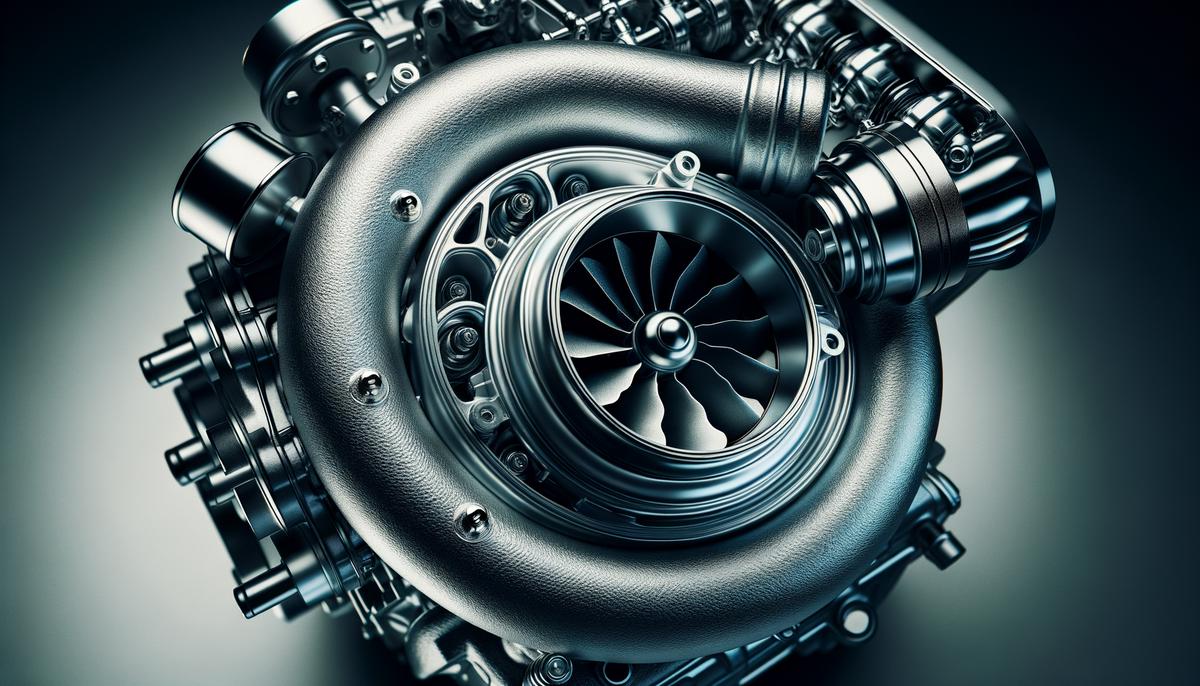
Fundamentals of Supercharging
Supercharging stands out as an alternative method for increasing an engine’s power, leveraging a different approach compared to turbocharging. At its core, supercharging involves forcing extra air into the engine, but it does this through a belt or chain connected directly to the engine’s crankshaft. This direct connection provides a key advantage – immediate response.
Unlike turbochargers, which rely on exhaust gases to spin a turbine, superchargers are mechanically driven. This means they can provide increased air pressure, or boost, to the engine from the moment the driver accelerates. This immediate response eliminates the lag often associated with turbochargers, offering drivers a smoother and more predictable power delivery.
Superchargers are particularly appreciated in applications where instant power is crucial, such as in racing or in heavy-duty vehicles. The design of a supercharger allows it to deliver boost at lower engine speeds, enhancing low-down torque and making it especially effective in large engines where rapid acceleration from a standstill is desired.
However, this mechanical linkage to the engine also means superchargers can increase fuel consumption. Since they draw power directly from the engine to operate, superchargers can be less efficient than turbochargers under certain conditions. The additional load on the engine can lead to higher fuel usage, especially when driving at steady speeds where the extra boost isn’t necessary.
Moreover, the placement and operation of a supercharger bring about other considerations, such as the need for more robust engine components to handle the increased power. Superchargers are typically larger and add more weight to the engine, which can influence vehicle dynamics and fuel efficiency.
In terms of advancements, supercharging technology has evolved to include electrically assisted systems. These systems aim to combine the best of both worlds – the immediate response of a supercharger with the efficiency and flexibility of a turbocharger. Electric superchargers use an electric motor to compress air, eliminating the need for a direct mechanical link to the engine and thereby reducing some of the traditional disadvantages of supercharging.
In comparison to turbocharged engines, supercharged engines may offer a different driving experience, with more immediate throttle response and consistent power delivery. The choice between turbocharging and supercharging often depends on specific vehicle requirements, performance goals, and driver preferences. While turbochargers might appeal to those valuing efficiency and high-end power, superchargers can attract drivers looking for immediate response and substantial low-end torque. Ultimately, both systems significantly enhance engine performance, each bringing its unique set of advantages to the table.

Comparative Analysis: Turbocharging vs. Supercharging
When it comes to optimizing engine performance, there’s another method that has been gaining traction alongside turbocharging and supercharging: nitrous oxide injection. This method offers a distinct approach to boosting engine power, making it a strong contender in the realm of engine optimization.
Nitrous oxide injection works by introducing nitrous oxide gas into the engine’s intake, which then decomposes at high temperatures to release extra oxygen. This additional oxygen allows for more fuel to be burned, resulting in a significant increase in power output. Unlike turbochargers and superchargers that rely on exhaust gases or mechanical power from the engine, nitrous oxide systems provide a direct boost to engine combustion.
One of the key benefits of nitrous oxide injection is its ability to offer a substantial power boost instantly, without the lag associated with turbochargers. This makes nitrous oxide particularly appealing for drag racing, where quick acceleration from a standing start is crucial. Furthermore, since nitrous oxide systems are only activated when needed, they don’t continuously strain the engine, potentially offering a longevity advantage over constantly running turbochargers and superchargers.
However, nitrous oxide systems are not without their challenges. Managing the correct dosage of nitrous oxide is critical, as too much can cause engine damage or even failure due to extreme combustion pressures and temperatures. This necessitates precise control systems and safeguards to ensure the engine’s safety. Additionally, the use of nitrous oxide requires periodic refilling of the nitrous bottles, which can be seen as a convenience concern compared to the always-available boost provided by turbochargers and superchargers.
In terms of practical application, nitrous oxide systems tend to be favored in specific scenarios rather than as an everyday engine optimization solution. The system’s capacity for dramatic power increases makes it popular in racing and high-performance situations. For regular street driving or applications where reliability and simplicity are paramount, turbochargers and superchargers may continue to hold the advantage due to their integration into the engine’s regular operation.
In conclusion, while turbocharging and supercharging have established themselves as effective methods for boosting engine performance, nitrous oxide injection presents a compelling alternative for situations requiring maximal power increases. Each method has its own set of benefits and considerations, making the choice between them dependent on the specific performance objectives, usage scenarios, and preferences of the user. As advancements in engine technology continue, the quest for optimizing engine performance remains a dynamic and evolving field, with turbocharging, supercharging, and nitrous oxide injection each playing pivotal roles.
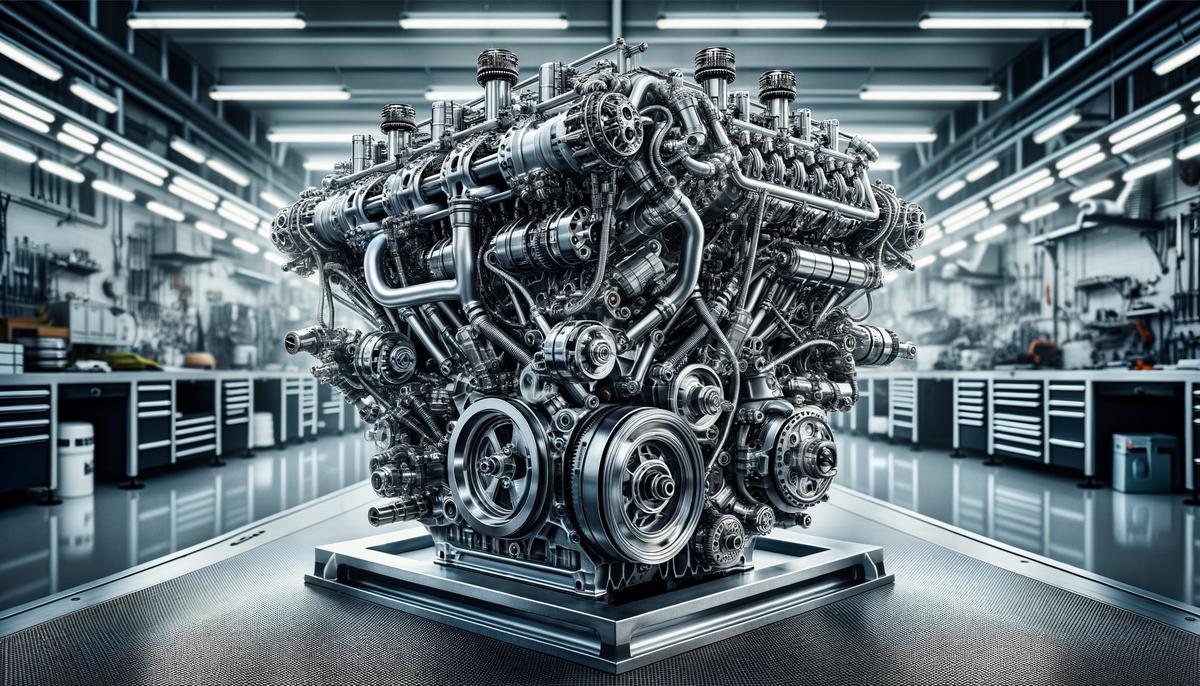
As the automotive landscape continues to evolve, the importance of optimizing engine performance through methods like turbocharging, supercharging, and nitrous oxide injection remains paramount. These technologies, each with its distinctive approach and contribution, highlight the industry’s commitment to innovation. They not only serve the needs of power-hungry enthusiasts and efficiency-seeking drivers alike but also reflect the ongoing efforts to harmonize vehicular power with environmental stewardship. The ongoing refinement of these systems underscores a future where the thrill of driving can coexist with the demands of sustainability, showcasing the dynamic and forward-thinking nature of automotive engineering.
